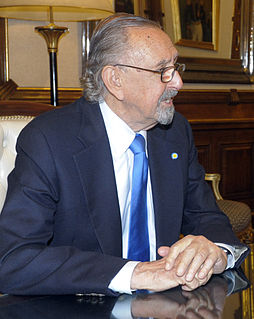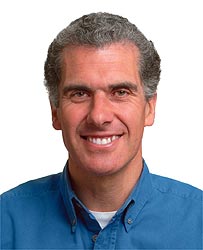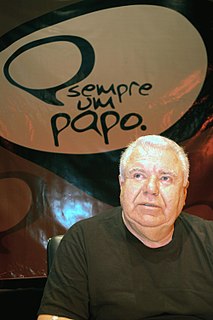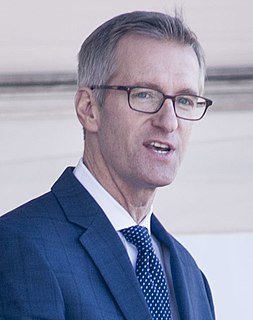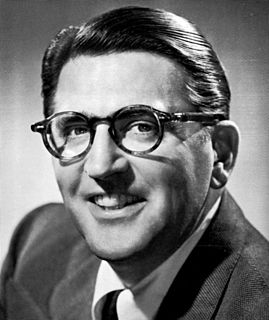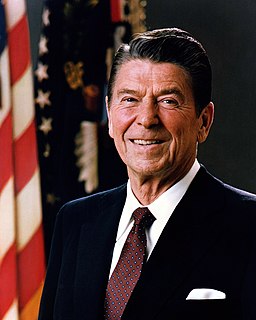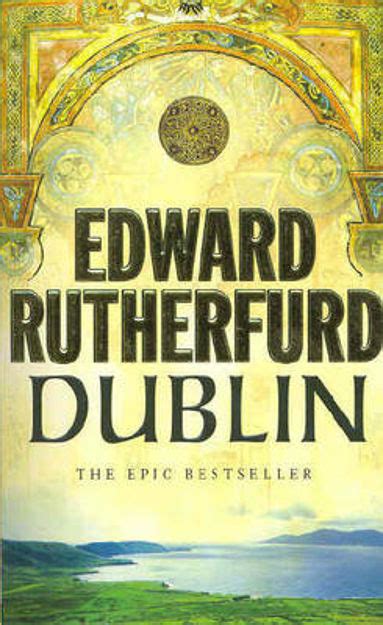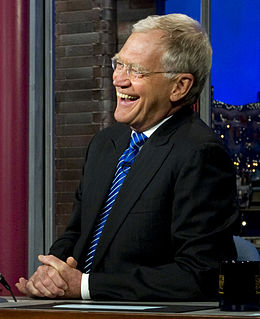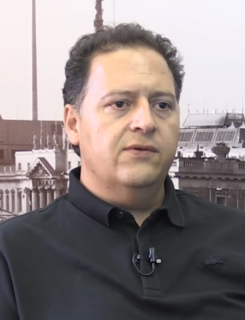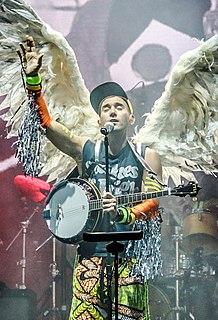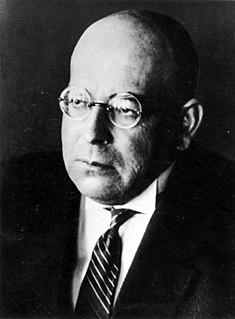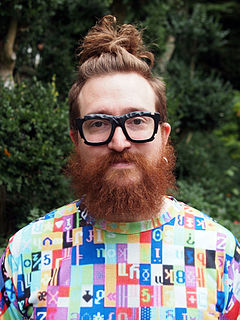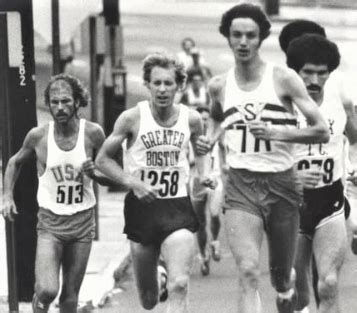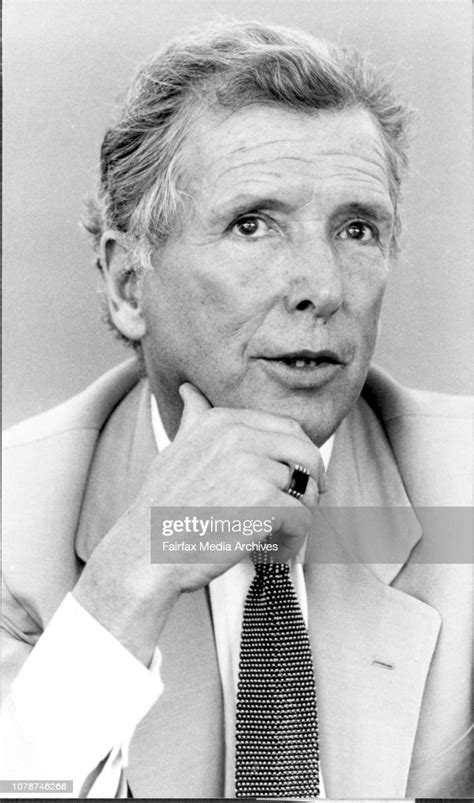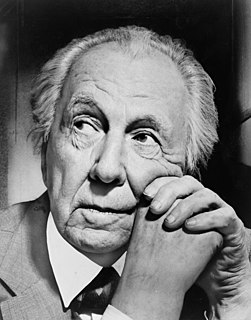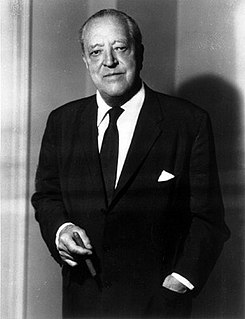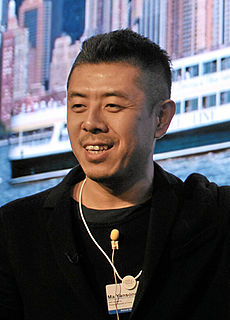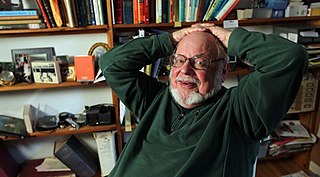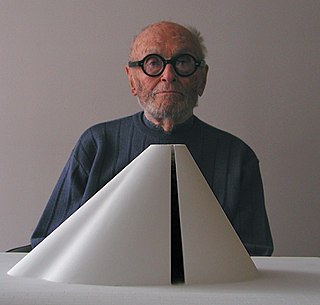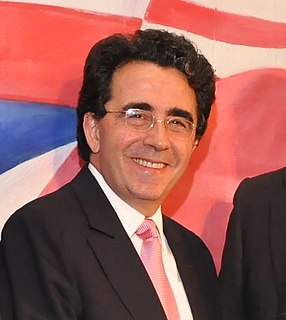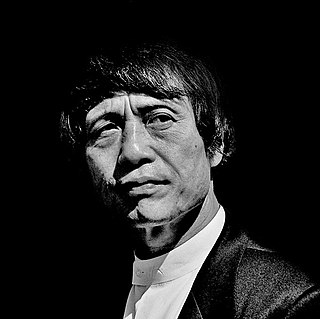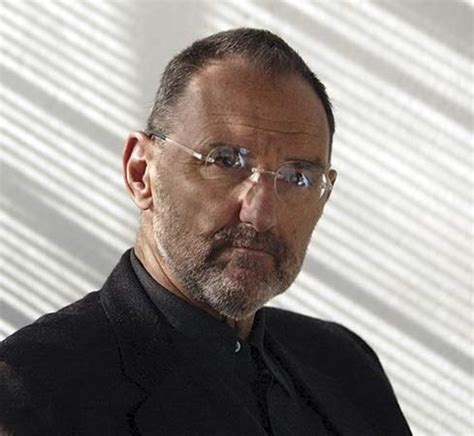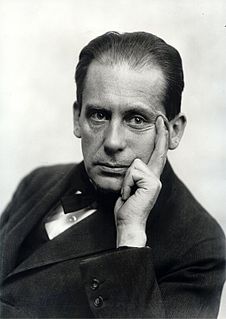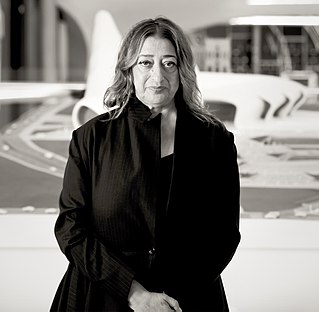Цитата Сезара Пелли
Мы стараемся как можно точнее реагировать на природу каждого города, на традиции, на их ожидания. Я не считаю, что архитекторы должны навязывать свой стиль или свои планы каждому городу в мире.
Связанные цитаты
Я чувствовал, что при написании статьи о городской скоростной автомагистрали, построенной в 50-х годах, я должен признать контекст, а Роберт Мозес — своего рода культовая фигура в Нью-Йорке, и он повлиял на форму города больше, чем кто-либо другой до или после него. Он был одним из самых могущественных и влиятельных гражданских архитекторов в мире из-за того, как сильно он преобразил город. Он построил множество мостов и автомагистралей, парков и мест отдыха, пляжей - в течение нескольких десятилетий он полностью изменил город.
Именно Поздний город первым бросает вызов земле, противоречит Природе линиями своего силуэта, отрицает всю Природу. Он хочет быть чем-то отличным от Природы и выше ее. Эти высокие фронтоны, эти причудливые купола, шпили и вершины не имеют и не желают иметь никакого отношения ни к чему в природе. И тогда начинается гигантский мегаполис, город-мир, который ничего кроме себя не терпит и принимается уничтожать картину страны.
Вот мой совет градостроителям. Сделайте свой город управляемым. Бегуны — это первая волна войск, возвращающих человеческую активность в городское ядро любого города. Куда мы идем, другие последуют за нами. Связь между управляемостью и пригодностью для жизни настолько ясна (по крайней мере, для меня), что удивительно, как новые разработки постоянно упускают пути из планов.
